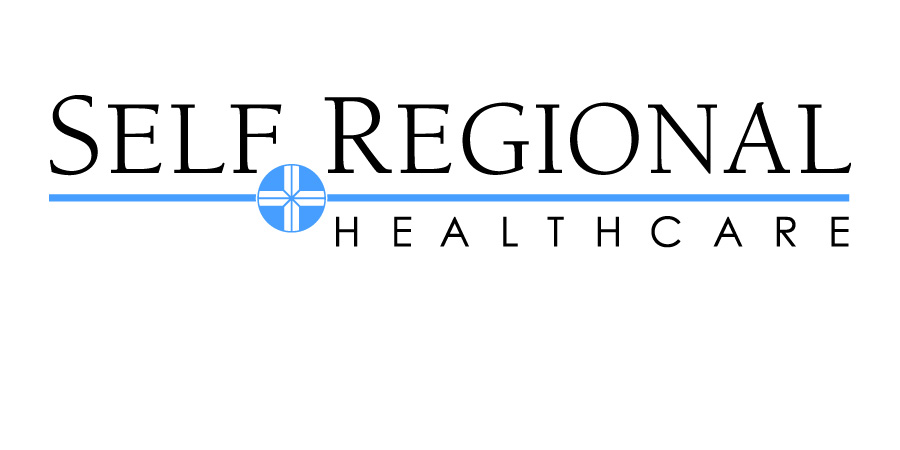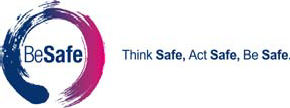Information
-
Audit Title
-
Document No.
-
Client / Site
-
Conducted on
-
Prepared by
-
Location
-
Personnel
-
Select date
-
Add signature
-
NTG employees invited to tour:
-
NTG employees on tour:
A
-
Are all safety signs and warnings highly visible and easy to read (ie no damage, dirt, etc)
-
If there is a confined space in the department, is it clearly marked and secured?
B
-
Do the I-bolts have good reads, no cracks in the shaft, and no other visible damage
-
Are the bolts in the floor secure?
-
Is the pendant cord free of any damage or fraying?
-
Is the hook latch functioning properly (ie centered not damaged)?
-
Is the identification tag attached showing the lifting aids load rating?
-
Is the chain or sling free of any wear, abrasions, cuts, tears, or visible damage no matter how insignificant?
C
-
Are all circuit breakers accessible and labeled as to what they turn on/off?
-
Are all cords free of any visible wear, cuts, or frays and kept clear of walkways and working spaces?
-
Are all electrical cords strung so they do not hang on pipes, nails, hooks, etc?
-
Are all conduits unbroken, undamaged, and not resting in puddles?
-
Are all junction boxes and breaker panels free of holes, voids, and openings?
-
Are extension cords used only for temporary power?
-
Are all cords free from fray, tears, and damage in any way?
-
Do all extension cords possess three pronged plugs?
-
Is the work area free from any leaks that drip by computers or any other electrical devices?
-
Is the 36in clearance maintained On all electrical boxes (ie no materials stored in front)?
-
Are external programming ports and connections available on electrical panels as needed?
-
Are power strip free of daisy chain type connections?
D
-
Do all telephones have emergency numbers posted nearby?
-
Are all exits clearly and legibly marked - EXIT?
-
Are the doors that are not exits clearly marked - NOT AN EXIT?
-
Is every required exit, approach area, and way of travel from the exit to the rally point maintained free of obstructions?
-
Are all employees in the department aware of the evacuation routes, rally point and severe weather shelter?
-
Please list individuals currently responsible for conducting head counts
-
Are eye wash stations clear from obstruction, easily accessible, posted, and operational?
E
-
Are all fire extinguishers clearly and legibly marked?
-
Are they inspected every month, easily accessible, and fully charged?
-
Are fire doors uninstructed and protected against obstructions?
F
-
Are flammable liquids stored in a fireproof cabinet?
G
-
Are air hoses free of cuts, cracks, tears, and at proper operating pressure?
-
Are all air hoses equipped with a side port nozzle?
-
Do all the portable power tools' cords contain three pronged plugs or electrical insulation?
-
Are all cords free from fray, tears, and damage in any way?
-
Have operators been reminded to inspect their air hoses daily for cracks, cuts, tears, and proper operating procedures?
H
-
Are all areas clean to the extent that the nature of the work allows?
-
Are floors dry / drains operating?
-
Are trash containers emptied and floor sweepings removed?
I
-
Are the employees aware of the chemicals present, their exact location, and what PPE is needed?
-
Does every worker know where the MSD Sheets and Safety Observation Program are, what they are for, and how to use them?
-
Have the MSD Sheets been updated for any changes in the chemicals used in the department?
-
Are all containers properly labeled as to their contents and the hazards these contents present?
J
-
Are the employees in the area aware of what a lockout/tag out device looks like and for what it is used?
-
Are lockout procedures posted on each machine and are audited consistently?
K
-
Is the department free of any present sensing guards? If not, test them now. Are they operating properly?
-
Are all machines or manufacturing areas adequately guarded? (cutters, abrasive wheels, fan blades, in-going nip points, high heat areas, rotating parts such as belts and gears, flying chips or sparks)
-
Are all safety locks operational and labeled?
-
Are there any new machines in the area? If so, has an HSE Operational Certification (QSF 640.12.01) been completed?
-
Are sounds enclosures closed and are they in OEM condition (open/close, sounds dampening material in place and in good condition)?
-
Are TPM daily light curtain checklists completed?
L
-
Are ladder weight capabilities clearly and legibly labeled?
-
Is the ladder tagged for inspection and current?
-
Are the top two steps of all stepladders labeled - no stepping here?
-
Are the rungs tight in the joints of the side rails and free of grease and oil?
-
Are the feet of the ladder slip resistant, free of grease, and in good condition?
-
Are floor surfaces level with no potential trip hazard?
M
-
Do all aisles, loading docks, doorways, turns, and passages have safe clearance for equipment and material?
-
Are storage areas clean, dry, and free of tripping/slipping hazards?
N
-
Is the required PPE consistently worn?<br>The following is required: safety shoes, eye protection, hearing protection
-
Are PPE requirements posted?
O
-
Was the previous months safety meeting requirements met?
P
-
Were any hazardous actions, situations, or conditions observed that are not mentioned in the body of this inspection checklist?
-
If you responded yes to the question above, or yes to any of the questions in the main body of this checklist, please either fill out an SOP so the condition/action may be corrected, or explain the hazardous situations.
-
Remarks / Comments:











